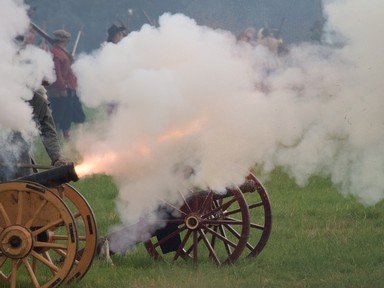
Battles in the British Isles - A Mystery Sort Quiz
I've listed 16 battles that all took place somewhere in the British Isles . These 16 fit naturally into four categories - can you work out what the categories are and allocate the battles to their correct categories?
by Southendboy.
Estimated time: 3 mins.